Business & Economics

Safra Catz
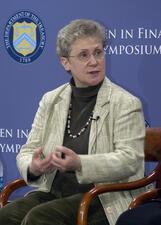
Abby Joseph Cohen
A leading voice in the United States investment banking and finance industry, Abby Joseph Cohen worked in the Goldman Sachs investment research division for over three decades. She rose to prominence in the 1990s with her accurate predictions of a prolonged economic expanding and durable bull market and has remained one of the top names in the investment industry.
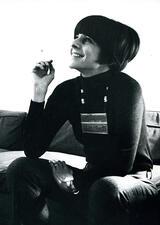
Elaine Lustig Cohen
Colonial Entrepreneurs: A Quartet of Jewish Women
Esther Pinheiro, Esther Brown, Rachel Luis, and Simja De Torres were widows, each held property, and each was at one time or another a merchant. Although they have been overlooked by history, written records that document their activities demonstrate the lives of well-off colonial Jewish women.

Chloe Coscarelli
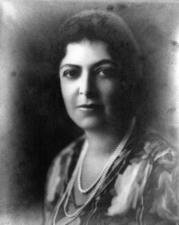
Helen DeRoy
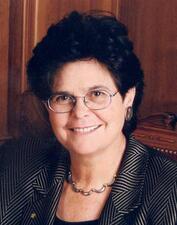
Ruth Dreifuss
Ruth Dreifuss was the first Jewish member of the Federal Government of Switzerland and the first female President of the country. When she became President of the Confederation in 1999, she was the first Jew and the first woman to hold the office.
Dulcea of Worms
Dulcea of Worms was the wife of Rabbi Eleazar ben Judah of Worms, a major rabbinic figure. They were part of the elite leadership class of medieval Germany Jewry. Eleazar’s account of Dulcea’s murder in 1196 is an important source for the activities of medieval Jewish women.
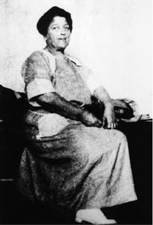
Josephine Sarah Marcus Earp
Impulsive, adventurous, and outspoken, Josephine Sarah Marcus Earp ran away from home when she was seventeen years old. Two years later, she joined destinies with western lawman, gambler, and entrepreneur Wyatt Earp. For forty-seven years, they roamed the West, mingling with well-known westerners on both sides of the law.
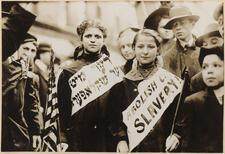
Eastern European Immigrants in the United States
Forty-four percent of the approximately two million Jewish immigrants who arrived in the United States between 1886 and 1914 were women. Although these women were more politically active and autonomous than other immigrant women, dire economic circumstances constricted their lives. The hopes these immigrant women harbored for themselves were often transferred to the younger generation.
Racheli Edelman
Shulamith Reich Elster
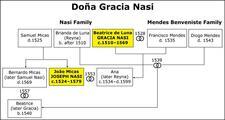
Entrepreneurs: From Antiquity Through the Early Modern Period
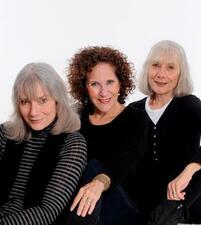
Ilene Epstein
Sara N. Evans
Ruth Lewis Farkas
Ruth Lewis Farkas’ remarkable and varied career ranged from creating a retail chain that survived the Great Depression, to teaching sociology, to running international education initiatives. Her impressive and full life spanned many occupations: educator, sociologist, businesswoman, philanthropist, inventor, wife, and mother.
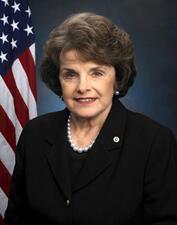
Dianne Feinstein
Dianne Feinstein, former mayor of San Francisco and United States senior senator from California since 1992, was a political pioneer and a long-time U.S. senator. Throughout her career, Feinstein earned a reputation as a leader, reformer, and principal member of the Democratic Party.

Alexandra Fine
Edith Flagg
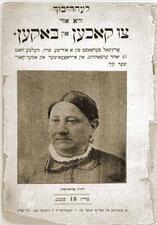
Food in the United States
Food and foodways are a critically important area of documenting and deciphering the evolving experience of American Jewish women from the earliest days of immigration to the present. Food is a lens into American Jewish women’s worlds of family, religion, identity, work, political action, entrepreneurship, and more as they have encountered the forces of assimilation, anti-Semitism, systemic racism, sexism, changing consumer economies, and the long women’s movement.
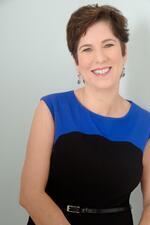
Susan Galler

German Immigrant Period in the United States
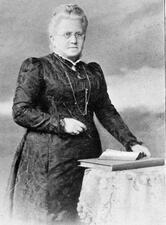
Germany: 1750-1945
The Jewish Reform movement did not liberate women from their subordinate religious status, and the nineteenth-century bourgeois German family ideal with its rigid gender roles soon eclipsed the fluid structure of premodern Jewish families. Jewish women were expected to transmit German bourgeois values while also shaping their children’s Jewish identity.
Ruth Gikow
Ruth Gikow’s figurative paintings and murals offered her a means to comment on society and urban life. She worked on commissions for public spaces in New York, and in the 1960s and 1970s she created political works, depicting scenes from the civil rights and anti-war movements. Gikow’s work is included in the permanent collections of the Metropolitan Museum of Art, the Museum of Modern Art, among others.


